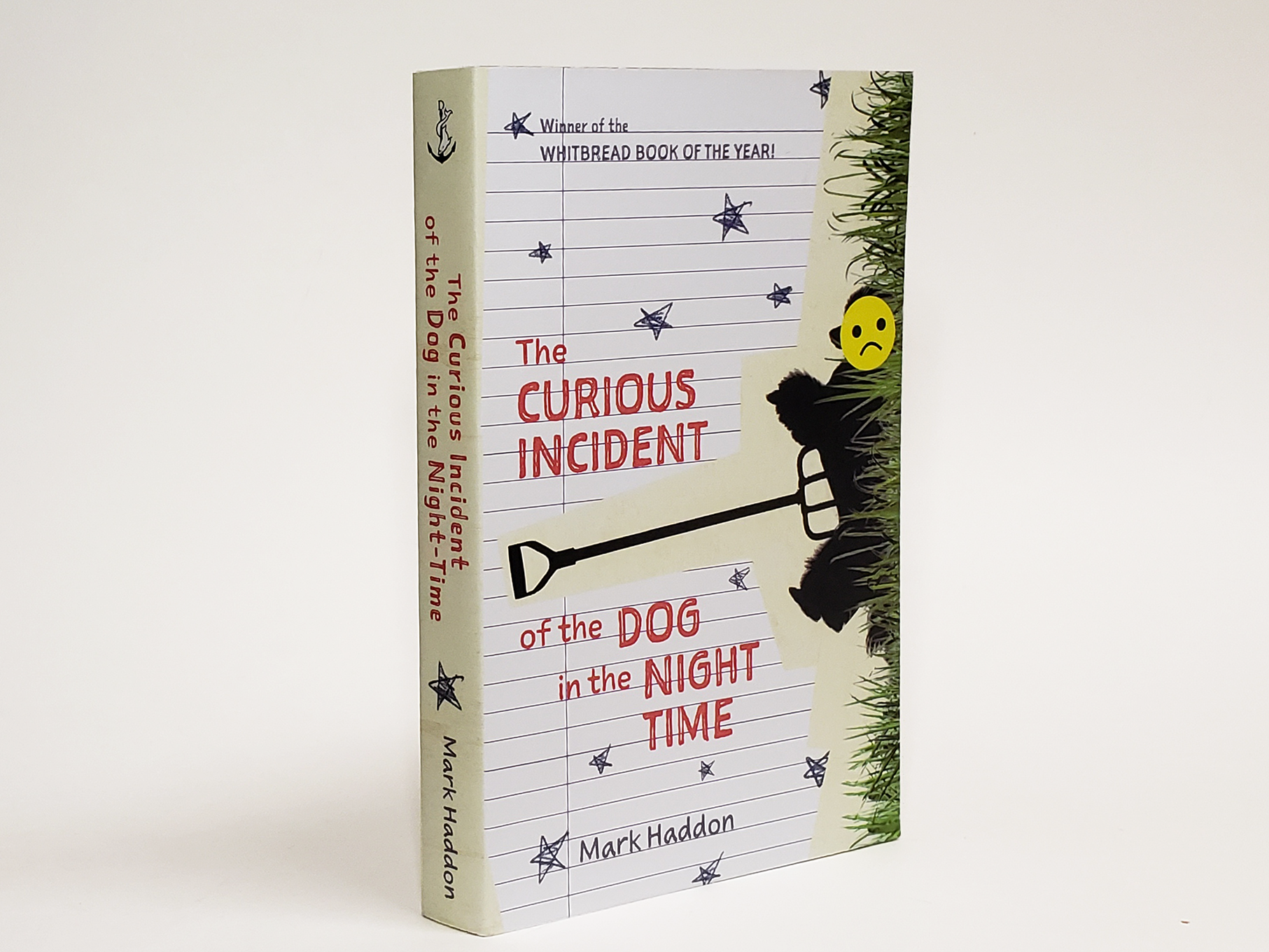If you were to ask a random stranger on the streets to think of a word that describes monuments, ‘inspiring’ may be one of the words that pops up. This is understandable as many monuments do fall under this simple word. This goes back to a tradition of those with power, such as emperors, kings, soldiers, politicians, etc., being honored in monuments to show off their glory as a way of inspiring the masses. However, as time as gone on, societies around the world have begun to expand on the idea of what is considered ‘inspiring’. Monuments to fiction such as the Rocky Balboa statue in Philadelphia and the Mobile Suit Gundam statue in Tokyo are becoming more prominent as the years have gone by. These modern works of fiction have broadened what a monument can be, but there is still room to grow.
The examples previously listed still have many of the same traits as traditional monuments, in that they focus mainly of glorifying their subject matter and placing them on a pedestal. This greatly limits who or what is considered inspirational enough to be made into a monument. It ignores people such as the novelist Osamu Dazai. Considered one of Japan’s best writers, his career during the 1940’s created some of the most powerful and deeply personal works of fiction ever to be written. Yet, aside from a memorial museum in the Aomori Prefecture, there is no monument to Dazai anywhere on earth. Even though he is not native to America, Dazai’s life’s story and works of fiction are such that, in the right location, can bring a new kind of inspiration that Americans audiences.
It is unavoidable that to discuss why Dazai’s work is so important, one must first briefly discuss his life to gain better context. Having suffered with clinical depression and Post Traumatic Stress Disorder (PTSD) from a young age, Dazai would have reoccurring suicidal thoughts and attempted to take his life multiple times. Though he was a fiction writer, he wrote all his stories as if it would be his last. With this mindset, his novels often mirrored real events Dazai lived though, making them semi-biographical and very much like suicide notes. This is especially true for his final and most famous novel, No Longer Human, which mirrors his life growing up before WWII. It was with this final novel’s publication that Dazai would successfully end his life with his partner by drowning together in a river.
Taking all that into consideration, his choice of subject matter makes more sense. Dazai’s writings focused on exploring the darker side of human nature. Topics he would handle often were themes of depression, anxiety, fears of society, and familial taboos. Dazai was also famous for not writing happy endings. In fact, none of his work could be considered ‘happy’. Still, his writing style and explorations of themes resonate with readers more than stories with happy endings. That is because, even though the subject matter can be unsettling, it is not all cynical doom and gloom. Dazai often allows his characters to find small moments of happiness in the middle of large periods of depression. This constant back and forth is more in line with what the average reader may experience in their daily life. Traditional story structure teaches a very cookie cutter version of life: some bad things may happen, but one can always triumph in the end. Dazai, through his mental state, acknowledged the inherent error in this type of story structure and always kept the readers down to earth.
In the end, Dazai’s message was not a typical ‘life is horrible’ like many stories with the same subject matter would conclude with. His ultimate message is that happy endings do not exist, but that moments of happiness do; that the reader should not expect the good times, but to treasure them. And though his life ends in tragedy, it also brings awareness to the millions of people suffering with depression, who may also have thoughts of suicide. In a day and age where people want to be more aware of these things, it is inspirational that works of fiction from a century ago can teach such modern lessons.
As such, if a monument does get made of Dazai in America, it perhaps might be most fitting to have it located a library in New York City. New York City is famous for many things, but in the literary world it is a publisher’s kingdom. If one can be published by a New York publisher, or even make it onto the New York Times Best Sellers list, people tend to pay attention and respect the author more. Building a monument to Dazai in this city would put his work in the public consciousness, while having it be built in a library would inspire future authors, literary fans, and even the average New Yorker. With the right execution, it can also bring up discussions of depression and have the public reconsider their thoughts on the matter. For one of the world’s best authors, there is not a better place for his monument to be held.
In conclusion, Osamu Dazai deserves to be respected more than he currently is. His unique way of handling happiness and the story of his life can inspire more than just triumph in the audience. It can show people aspects of life they may not have considered, have them think about what they may take for granted, and inspire a new generation of authors to challenge their readers with similar messages. Dazai is without a doubt one of the best authors ever to live. A monument to him would cement that for good.
Student Client: N/A
Brief: Make an argument for why the author of your choosing deserves a public monument.
Roles: Researcher, Writer
Osamu Dazai's stories and true life experiences can help inspire a new generation of writers to tackle the same difficult subject that Dazai is best known for.











